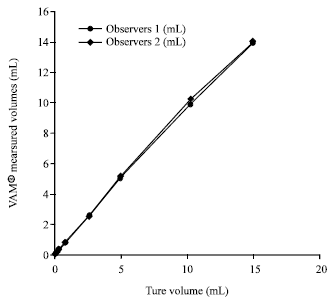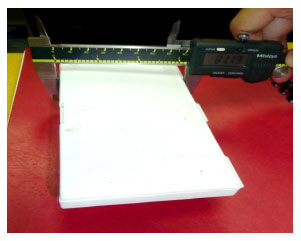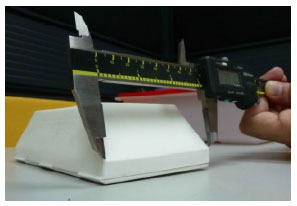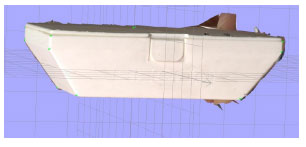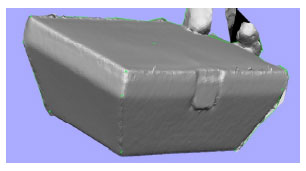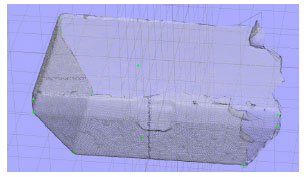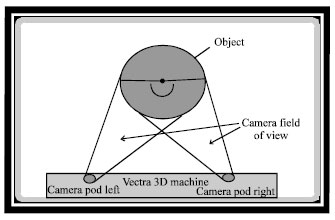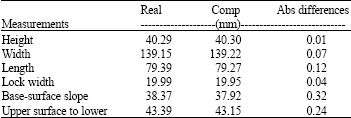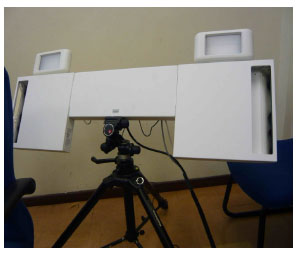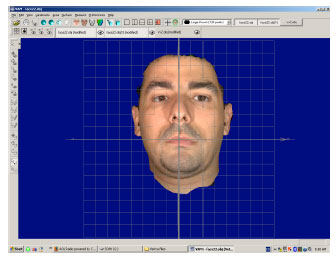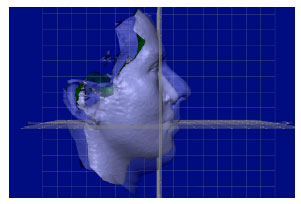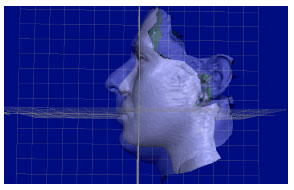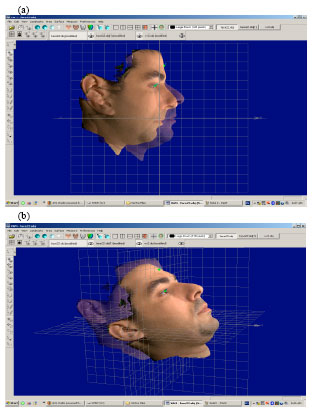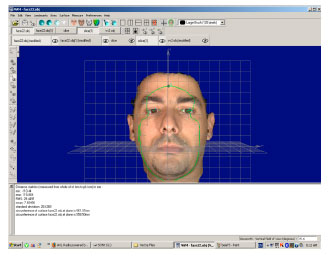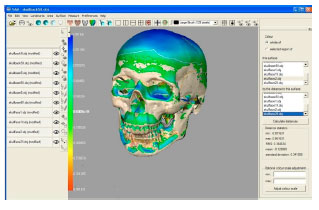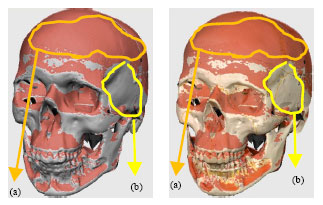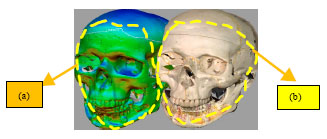Research Article
An Accurate Method to Obtain Bio-Metric Measurements for Three Dimensional Skull
Department of Electrical and Computer Engineering, Faculty of Engineering, International Islamic University Malaysia, 53100 Gombak, Kuala Lumpur, Malaysia
B.B. Zaidan
Department of Electrical and Computer Engineering, Faculty of Engineering, International Islamic University Malaysia, 53100 Gombak, Kuala Lumpur, Malaysia
A.A. Zaidan
Department of Electrical and Computer Engineering, Faculty of Engineering, International Islamic University Malaysia, 53100 Gombak, Kuala Lumpur, Malaysia
A.W. Naji
Department of Electrical and Computer Engineering, Faculty of Engineering, International Islamic University Malaysia, 53100 Gombak, Kuala Lumpur, Malaysia
O.F. Tawfiq
Department of Electrical and Computer Engineering, Faculty of Engineering, International Islamic University Malaysia, 53100 Gombak, Kuala Lumpur, Malaysia









